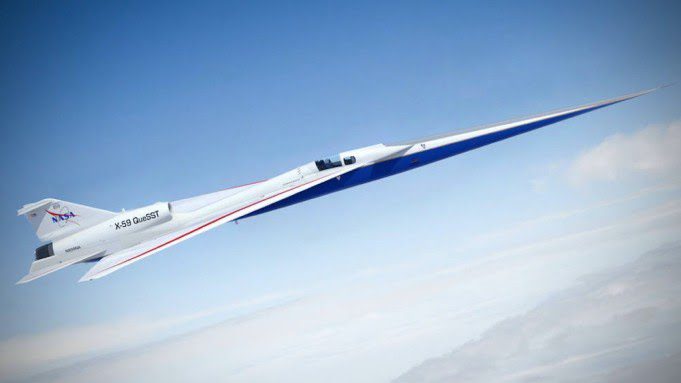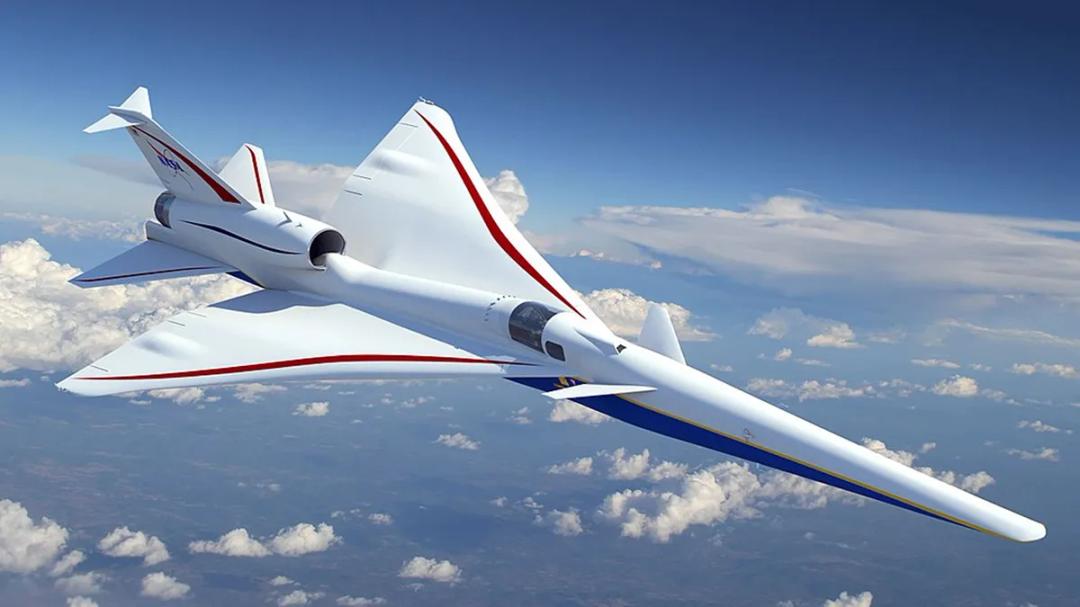It's a week full of anticipation for the NASA: Their thoroughbred horse, X-59. The plane, otherwise known as “the son of Concorde”, left the construction site to head towards preparations for its maiden and subsequent flights.
To make sure the plane is well-built and ready to take to the skies, the NASA team is preparing to perform a series of critical ground tests. There is no room for error when it comes to supersonic speeds. Starting with the safety and environmental impact.
Sonic bang or whisper?
The real test will be a flight of the X-59 at supersonic speed over several communities. The target? Measure their reactions to the “sonic boom” produced during high-speed flight. Or maybe I should say “sonic whisper”? Maybe somewhere in between. NASA places a lot of emphasis on noise reduction below.
The results of these tests will be shared with regulatory bodies both in the United States and internationally. And they could reopen the way for the resumption of commercial supersonic flights on our planet.

The plane that could revive the Concorde era
“With the X-59, we will collect data on how communities react to the acceptability of a attenuated sonic boom, made possible by the particular design of the aircraft,” explains Lockheed Martin. The design of the X-59, with its long needle-shaped fuselage and wingtips, was designed to minimize stress, making the supersonic flight experience much more comfortable.
This data will help NASA provide regulators with the information needed to establish an acceptable commercial supersonic noise standard, which could eliminate the requirement for commercial supersonic flight only over seas.
Lockheed Martin
Is X-59 the future of air travel?
Opening this door could give birth to a whole new global market for aircraft manufacturers. It would allow passengers to reach virtually any part of the world in half the time currently required.
The X-59 has the potential to create numerous faster routes, but certainly the unknown of the cost of a ticket on this XNUMXst century Concorde remains. Will it be a luxury for a few or could it become a reality within the reach of many?


